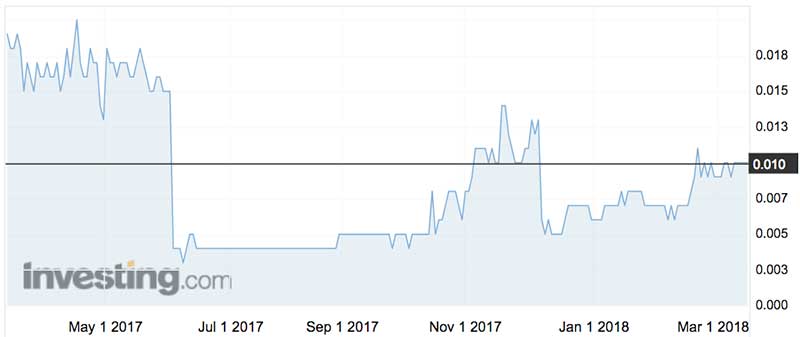Riva boards cobalt train as battery makers look beyond the Congo

Pic: John W Banagan / Stone via Getty Images
Riva Resources is drilling for cobalt in central NSW and results are expected soon, writes Barry FitzGerald in his weekly Garimpeiro column.
A new-look Riva Resources has hitched its future to a patch of central NSW shaping up as a major new supplier of cobalt.
Riva — which is restyling itself Hylea Metals as part of its cobalt push — hopes to appeal to lithium ion battery producers desperate to reduce their dependence on the Democratic Republic of the Congo (DRC).
Apart from the change of name (and ASX code from RIR to HCO), the explorer has undergone board and management changes and completed a fund raising.
Riva’s launch into cobalt has come via its $8 million cash and shares acquisition of the Hylea project — 10km south-west of the town of Tottenham — making it a regional neighbour to half a dozen or so companies that are behind the central NSW push for the buzz metal.
They include Robert Friedland’s $730 million Clean TeQ (ASX:CLQ), the $280 million Australian Mines (ASX:AUZ), and the $33 million Platina Resources (ASX:PGM).
Riva/Hylea itself is a $28 million company. Its 2.8 billion shares trade at 1c each.
Critically, the Hylea project area is home to two of the region’s intrusive complexes over which the extensive laterite hosted cobalt-nickel-scandium-platinum resources behind the CLQ and AUZ stories are found.
The Hylea and Bulbodney intrusives are lightly explored.
But thanks to cobalt hits recorded in past exploration efforts for platinum, they are considered one of the region’s last chances to work up another big cobalt resource.
Cobalt’s spectacular price performance
It is a good time to be looking for cobalt.
The metal’s price performance has been nothing short of spectacular in the last couple of years. The metal is needed for all of the key lithium ion battery technologies — but more than 65 per cent of global supply comes from the DRC.
Consumer electronics and electric car manufacturers are increasing pressure on their battery makers to find non-DRC cobalt sources because of the country’s long history of conflict, and questions about the use of child labour and other ethical concerns.

A recent move by the DRC for an across-the-board increase in royalties — with cobalt to cop a 10 per cent royalty rate should it be deemed strategic to the country (which it is) — has driven cobalt higher still this year to record price levels.
The metal was last quoted at $US84,250 a tonne.
That is 54 per cent higher than last year’s annual average of $US54,612 a tonne, itself up massively on the 2016 level.
The impact of the DRC’s new mining law changes, and increased politically instability in the country, means no one is prepared to call the metal’s price lower just yet.
Riva/Hylea has $1.8 million in cash to get cracking on its NSW ground. It will kick off with a 3000m drilling program at the Tiger’s Creek prospect on the 8km by 3.5km Hylea intrusive next month.
Historic drilling there for platinum group metals (by other miners) returned high grade cobalt hits, including 7 metres at 0.32 per cent cobalt and 8 metres at 0.27 per cent.
- Bookmark this link for small cap breaking news
- Discuss small cap news in our Facebook group
- Follow us on Facebook or Twitter
- Subscribe to our daily newsletter
Because the previous work was focused on platinum, a large number of the exploration holes were not assayed for cobalt, or scandium – the latter being a high value metal with the potential to revolutionise the manufacturing of cars and planes because the development of weldable scandium-aluminium alloys.
The lack of assays from the platinum holes, plus the high grade hits from those holes that were assayed for cobalt, ranks Tiger’s Creek as an under-explored property in the context of the region’s more intensively tested laterites.
The hope is that a resource inventory can be assembled quickly thanks to the shallow and laterally extensive nature of the mineralisation.
News flow from the drilling program in the next couple of months is likely to be strong.
This article does not constitute financial product advice. You should consider obtaining independent advice before making any financial decisions.
UNLOCK INSIGHTS
Discover the untold stories of emerging ASX stocks.
Daily news and expert analysis, it's free to subscribe.
By proceeding, you confirm you understand that we handle personal information in accordance with our Privacy Policy.








